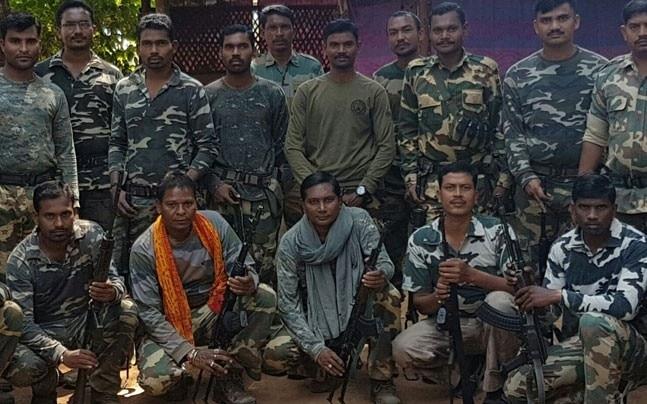Despite Accusations Against The C-60s, MHA Directs State Forces To Adopt Their Practices

Ministry of Home Affairs (MHA) had recently advised the heads of para-military forces in the country to adopt the practices of the C-60 commandos, the Maharashtra police’s special anti-Naxal unit. The C-60 commandos came to limelight after their infamous encounters in Maharashtra’s Gadchiroli district in April this year, as they claimed to have killed 40 Maoists. While this was considered as the “biggest success” in anti-Naxal operations by the state forces that impressed the union home ministry, numerous fact-finding committees which enquired into the “encounter” found that all the killings were nothing less than cold-blooded murders and termed them as “fake encounters”.
Asking the Directors General (DGs) of central paramilitary forces and Directors General of Police (DGPs) of 10 “Naxalite-affected” states to adopt the skills being employed by the C-60s in their combat operations, Home Secretary Rajiv Gauba wrote letters to each of them.
Rights’ activists have accused the C-60s of indulging in unconstitutional practices in their last operation and demanded the government to prosecute them under Section 300 of the IPC (for murder) and SC/ST (Prevention of Atrocities) Act, 1989. According to the Human Rights Forum’s fact-finding report, on April 22 morning, C-60 commandos along with CRPF forces surrounded a gathering of Maoists and villagers (of a total of 57 persons present there, 21 were unarmed villagers) near Kasnasur village in Tadgaon area of Gadchiroli, and without any intimation and warning, the forces began firing at them which claimed the lives of 34 persons. Following this, the forces arrested six Maoists from the site and instead of producing them in the court, they were to taken to Nayanar forest in Gadchiroli’s Aheri taluka to find out the ‘money dump’ hidden by their cadre and after finding the money, all the six persons were killed in the nearby Modhumadugu village. Of the total 40 persons killed, 22 were Maoists and 18 were common people. Among those killed, 18 were women, and except for one, all were Adivasis.
Apart from such serious allegations against the C-60s, their composition would revive the memories of the Salwa Judum, Chhattisgarh state’s vigilante group banned by the Supreme Court in 2011.
In 1989-90, the then Superintendent of Police of Gadchiroli district, K.P. Raghuvanshi conceptualized the C-60. These commandos are chosen from the Adivasi communities of the local villages whose chiefs reportedly belong to the Adivasis as well. These forces are trained to handle the latest weapons and gadgets. As of now, there are around 800 persons working in 24 teams across Gadchiroli.
“These local Adivasi boys are well-acquainted with the local terrain, speak local languages, and have better survival instincts which give them an upper hand in jungle warfare,” the now-retired Raghuvanshi told The Times of India.
Unlike the state level anti-Naxal units such as the Greyhounds in Andhra Pradesh and Telangana and Special Operations group in Odisha, the C-60s are district level units.
As over 95 per cent of Maoist cadre are reportedly Adivasis, the core idea behind the C-60s seems to be to recruit Adivasis under the state for deployment against Adivasi Maoists. This is similar to the Salwa Judum, wherein local tribals and former Maoists were recruited by the Chhattisgarh government and deployed to fight Maoists and Maoist sympathizers in Bastar.
The para military force, CRPF had also recently formed the ‘Bastariya Battalion’ comprising of 549 recruits who are from the local tribes from four districts in Bastar. Reportedly, they were granted several relaxations in physical attributes during the recruitment process.
Get the latest reports & analysis with people's perspective on Protests, movements & deep analytical videos, discussions of the current affairs in your Telegram app. Subscribe to NewsClick's Telegram channel & get Real-Time updates on stories, as they get published on our website.
























